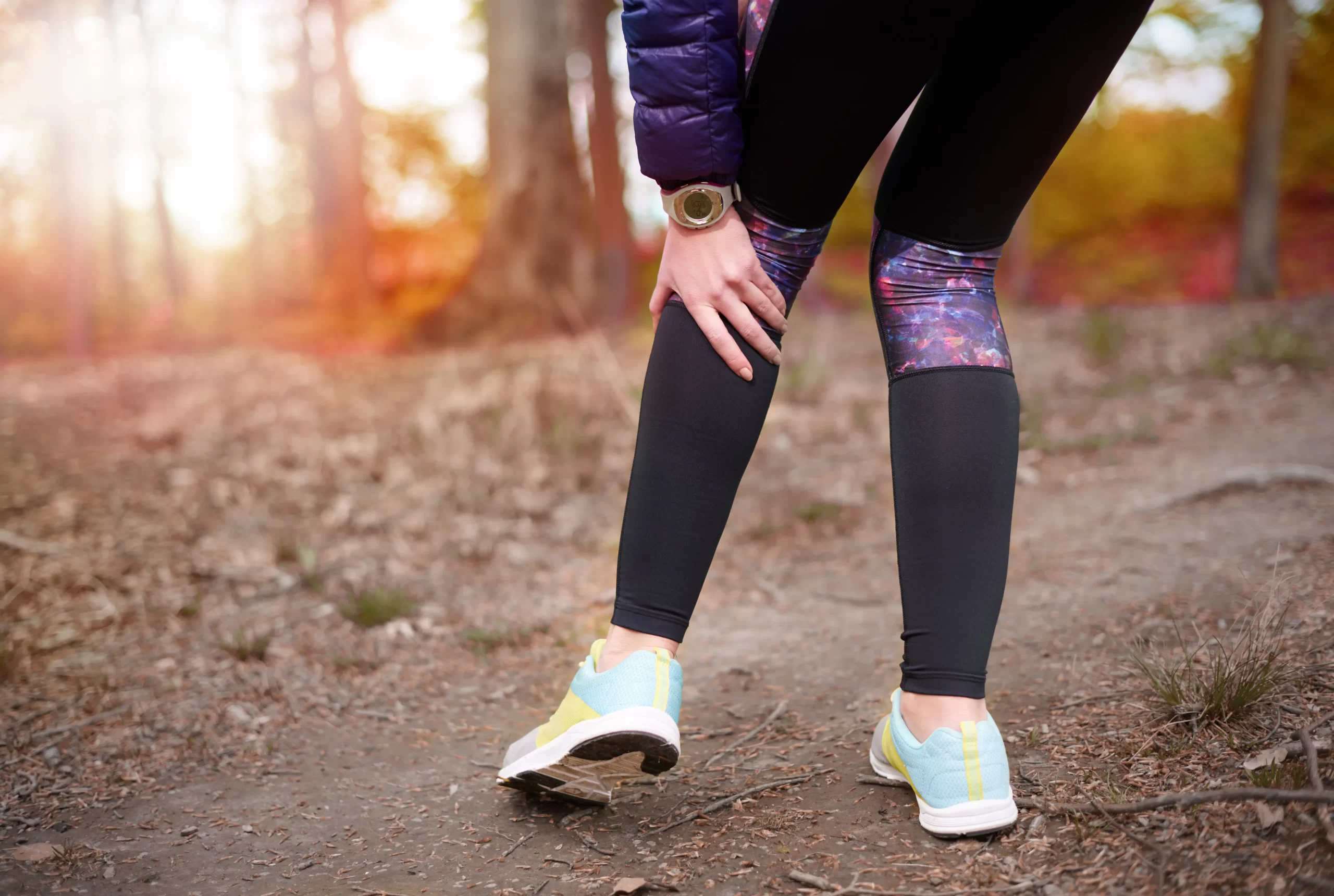
19 February, 2025
Sports Injury Rehab For Non-Contact ACL Injuries
The Anterior Cruciate Ligament (ACL) is one of the most injured sites for both athletes and non-athletes. ACL injuries not only come with physical hardships but mental ones as well, often leading the patient to think when would they be able to return to full capacity. Understanding the anatomical structure and function of the ACL is crucial for reducing the risk of injury and improving the time of recovery. Here we discuss the mechanism of injury, factors that affect injury susceptibility, the appropriate recovery strategies and common strategies when going through a sports injury rehab process.
Anatomical Structure and Mechanism of Injury
The ACL attaches from the back of the knee joint to the thigh bone (posterior-medial aspect of the femur), and inserts at the front of the shin bone (anterior-medial aspect of the tibia). Its job is to prevent the shin from sliding forward (anterior tibial displacement) and inward rotation of the shin (internal tibial rotation). An injury would occur from the ACL being overstretched, partially torn or completely torn.
Non-contact ACL injuries are typically brought on by movements that apply excessive forces to the ACL. This could be due to improper biomechanics or from chronic overload. ACL injuries are most seen through poor landing mechanics, quick change of direction and sudden decelerations. The most common injury mechanics are:
Knee Valgus: when the knees bend inwards and may touch when standing. This is commonly seen in those most susceptible to knee pain or ACL injury. This inward bend produces a stretch loading on the ACL.
Joint Laxity: when the joint moves more than it normally would. This hypermobility would decrease ACL strength increasing the risk of injury. This increased range at a joint would require an increase in muscular activity to produce stability at the knee joint.
Quadriceps Dominance: when the individual relies mostly on the quadriceps (front of the body) to produce lower body movements rather than distributing some forces to the hamstring and glutes (back of the body). This may increase strain on the knee joint.
Female athletes tend to be more quadriceps dominant due to the widening of the hips and the forward shifting of the center of mass during puberty. Hip widening decreases the hip angle leading to a more knee valgus position. This leads female athletes to be more susceptible to ACL injuries relative to male athletes.
Prevention And Recovery
Sports injury rehab is a multi-faceted approach that requires strength training, biomechanical correction, plyometrics, and a multi-phase recovery process post-injury.
Strength Training: can provide added stability to the joint. For many lower limb injuries, including ACL injuries, hip strengthening becomes a cornerstone to a successful recovery. This is because the hips provide stability to the leg, limiting the amount of inward bending or rotation on the knee.
Glute Exercises
• Clamshells
• Banded lateral shuffle
• Bridges
• Banded squats
Pair these gluteal exercises with knee-strengthening exercises for the best results.
Knee Exercises
• Single leg RDL
• Leg extensions
• Hamstring curls
• Calve raise
Skill Retraining: along with strength, biomechanical efficiency needs to be improved to avoid injury. Learning the proper mechanics for running, jumping, landing, and changing direction can significantly reduce loading on the knee joint.
Conclusion
While some factors are non-modifiable, such as joint positioning and hip angle, steps can be taken to reduce the risk of non-contact ACL injury. With a thorough understanding of the muscular anatomy and their functions, this will not only make any sports injury rehab much more effective and safer but will also enhance overall athletic performance and quality of life.
Book us today and take the first step toward effective sports injury rehab, safer movement, and enhanced athletic performance with Fast Twitch Kinesiology in Oakville!
Reuben Corpeno Gonzalez
Registered Kinesiologist
Fast-Twitch Kinesiology